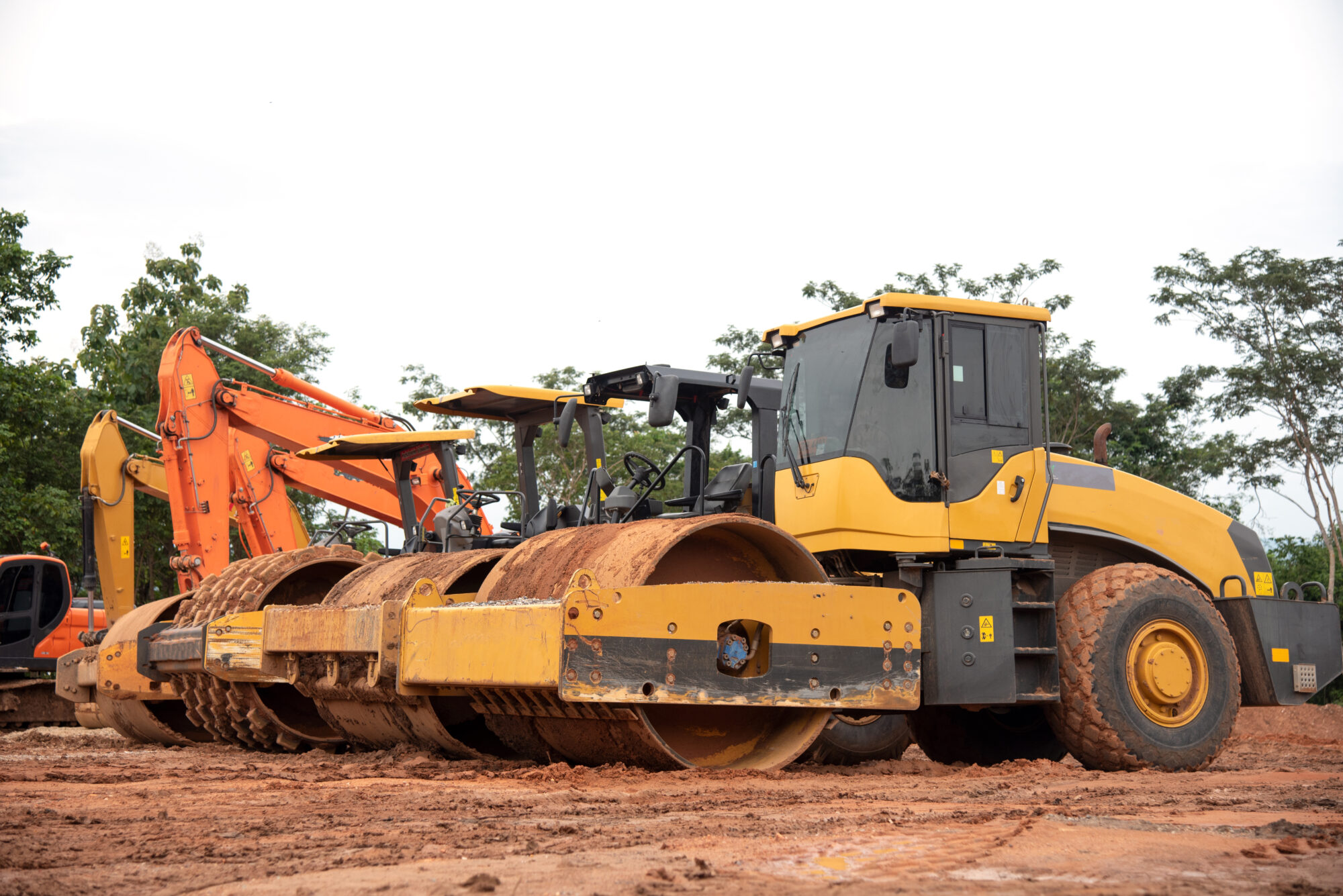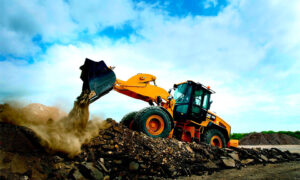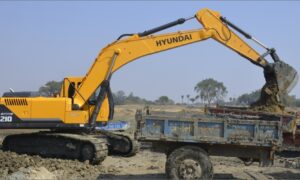Construction sites have long been prime targets for theft. But with today’s high equipment costs, labor shortages, and increasing demand for machinery, the stakes have never been higher. In the U.S. alone, construction theft costs businesses between $400 million and $1 billion annually, with recovery rates often falling below 25%. That’s not just a hit to profits—it’s a disruption to project timelines, client trust, and job site morale.
While no construction site is completely immune, there are proven steps contractors can take to reduce the risk of theft and keep operations on track.
Why Are Construction Sites So Easy to Target?
Understanding what makes job sites vulnerable helps businesses design stronger defenses. Common risk factors include:
- Remote or unsupervised locations: Sites without 24/7 oversight often go unmonitored overnight or on weekends.
- High-value, easy-to-move assets: Trailers, skid steers, generators, and tools can be quickly removed and resold.
- Limited lighting or fencing: Poor visibility and low physical barriers make it easier for criminals to operate undetected.
- Loose inventory control: Without standardized equipment check-in/check-out procedures, losses often go unnoticed until it’s too late.
Smart Strategies to Prevent Construction Site Theft
Contractors and site managers are increasingly adopting a layered approach—combining physical, procedural, and digital solutions to reduce risk.
1. Upgrade Physical Security
- Install tall, secure fencing with lockable gates.
- Use motion-sensor lighting to illuminate high-traffic areas at night.
- Secure valuable tools and equipment in reinforced, lockable containers.
- Display clear signage about surveillance and restricted access.
2. Strengthen Operational Protocols
- Implement daily equipment checklists.
- Assign tools to specific operators or crews.
- Log serial numbers and keep photo documentation of all major machinery.
- Train staff on theft prevention procedures and reporting.
3. Leverage GPS and Geofencing Technology
The most effective security systems now rely on smart technology. GPS trackers and geofencing tools allow managers to monitor location, movement, and usage patterns in real time.
If a piece of equipment leaves a designated zone after hours, managers receive an immediate alert. Many systems also offer remote engine shutdown features. To see how this technology works in real-world scenarios, check out the GPS trackers for construction equipment for more details and product insights.
4. Add Site Surveillance and AI Detection
Modern camera systems equipped with AI can now detect movement, recognize license plates, and even differentiate between human and vehicle activity. This enables quicker response and detailed incident records for insurance or law enforcement.
5. Review Insurance and Documentation Practices
- Make sure insurance policies are updated to reflect current equipment values.
- Maintain an up-to-date inventory list with backup copies stored securely.
- Register machinery with national databases to aid in recovery if stolen.
Construction Equipment Theft Meets Broader Industry Challenges
Theft isn’t happening in a vacuum. Broader macroeconomic and industry-wide trends are making construction sites even more vulnerable. For instance, global supply chain disruptions have led to long delays in the delivery of new heavy equipment and spare parts. When replacement is hard to come by, the impact of theft becomes even more damaging.
In addition, recent shifts in U.S. trade policy, particularly the new tariffs announced under the Trump administration in April 2025, have significantly increased the cost of imported construction machinery and components. These tariffs raised duties on key materials such as steel, aluminum, and heavy equipment, pushing equipment values even higher in the domestic market. As a result, the potential resale value for stolen items has surged, making construction equipment even more attractive to thieves operating both locally and through organized crime networks.
Insurance companies are also becoming more stringent in underwriting construction clients. Sites that fail to demonstrate robust security measures may face higher premiums or limited coverage. All of these factors make proactive theft prevention not just smart—but necessary.
Common Types of Stolen Construction Equipment
- Skid steers
- Backhoes and excavators
- Utility trailers
- Generators and compressors
- Power tools and hand-held equipment
These items are highly mobile, difficult to trace, and have strong resale value, making them top targets on most job sites.
Evolving Threats Demand Stronger Protection
Construction equipment theft isn’t just a nuisance—it’s a real threat to budgets, schedules, and business reputation. But with the right mix of technology, process, and awareness, contractors can greatly reduce their exposure.
From reinforced fences to GPS trackers and surveillance cameras, a proactive security strategy is the best investment you can make. It’s not just about protecting machinery—it’s about maintaining trust, reducing insurance costs, avoiding costly delays, and keeping your project teams focused on progress rather than recovery.. By taking preventative measures today, you’re not just securing equipment—you’re ensuring your business stays efficient, productive, and ready to meet deadlines without interruption.
Common Questions About Construction Equipment Theft
What is the most stolen type of construction equipment?
Skid steer loaders and utility trailers are among the most commonly stolen items because they are easy to transport and often lack GPS tracking. Thieves favor these because they can be quickly loaded and sold with minimal traceability.
How can GPS tracking help reduce construction site theft?
GPS trackers let managers monitor equipment location 24/7. If a piece of equipment is moved unexpectedly, alerts are sent immediately. Some systems even allow remote immobilization. This real-time visibility allows for quick recovery and discourages opportunistic theft.. If a piece of equipment is moved unexpectedly, alerts are sent immediately. Some systems even allow remote immobilization.
Does insurance cover stolen construction equipment?
Yes, but policies vary. Some may only cover partial value or exclude high-theft risk equipment unless certain security measures are in place. It’s important to regularly review your policy and ensure high-value assets are properly documented and protected.. Some may only cover partial value or exclude high-theft risk equipment unless certain security measures are in place.
How do thieves typically steal construction equipment?
Most thefts happen overnight or on weekends. Thieves often target sites without surveillance, cut through fencing, and use flatbeds or tow vehicles to haul away gear in minutes. In many cases, they work in coordinated groups and exploit gaps in site supervision.. Thieves often target sites without surveillance, cut through fencing, and use flatbeds or tow vehicles to haul away gear in minutes.



































